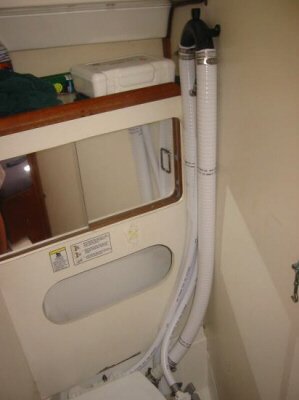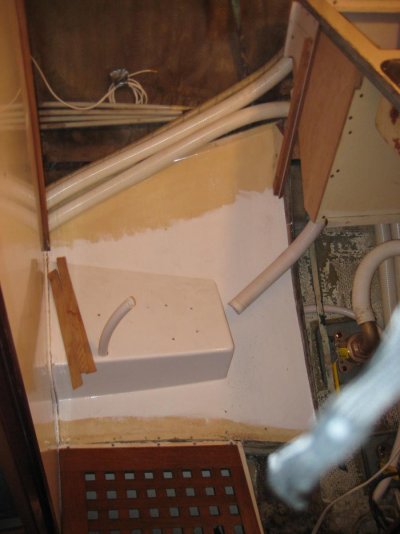Dave_E
Senior Member
Hi All,
The good ship has 2 heads, the fwd head has a 15' run to the holding tank and the aft head has a 10' run. I plumed 1.5" hose throughout. Haven't got things hooked up yet and never had electric heads before. So here is a seemingly dopey question.
If I flush the fwd head with a 15' run to the tank... I'd have to keep the button pushed for more than a few seconds to get the contents back to the tank. I'm going to assume that you push the button... clear the bowl for a few seconds, the hose somewhere back along that 15' is always going to have goo in it (especially low spots), correct? Hens the need for really good hose?
Those of you with bigger boats, how long do you flush your electric heads? Those of you with manuals... how many pumps?
Thanks - Dave
The good ship has 2 heads, the fwd head has a 15' run to the holding tank and the aft head has a 10' run. I plumed 1.5" hose throughout. Haven't got things hooked up yet and never had electric heads before. So here is a seemingly dopey question.
If I flush the fwd head with a 15' run to the tank... I'd have to keep the button pushed for more than a few seconds to get the contents back to the tank. I'm going to assume that you push the button... clear the bowl for a few seconds, the hose somewhere back along that 15' is always going to have goo in it (especially low spots), correct? Hens the need for really good hose?
Those of you with bigger boats, how long do you flush your electric heads? Those of you with manuals... how many pumps?
Thanks - Dave





